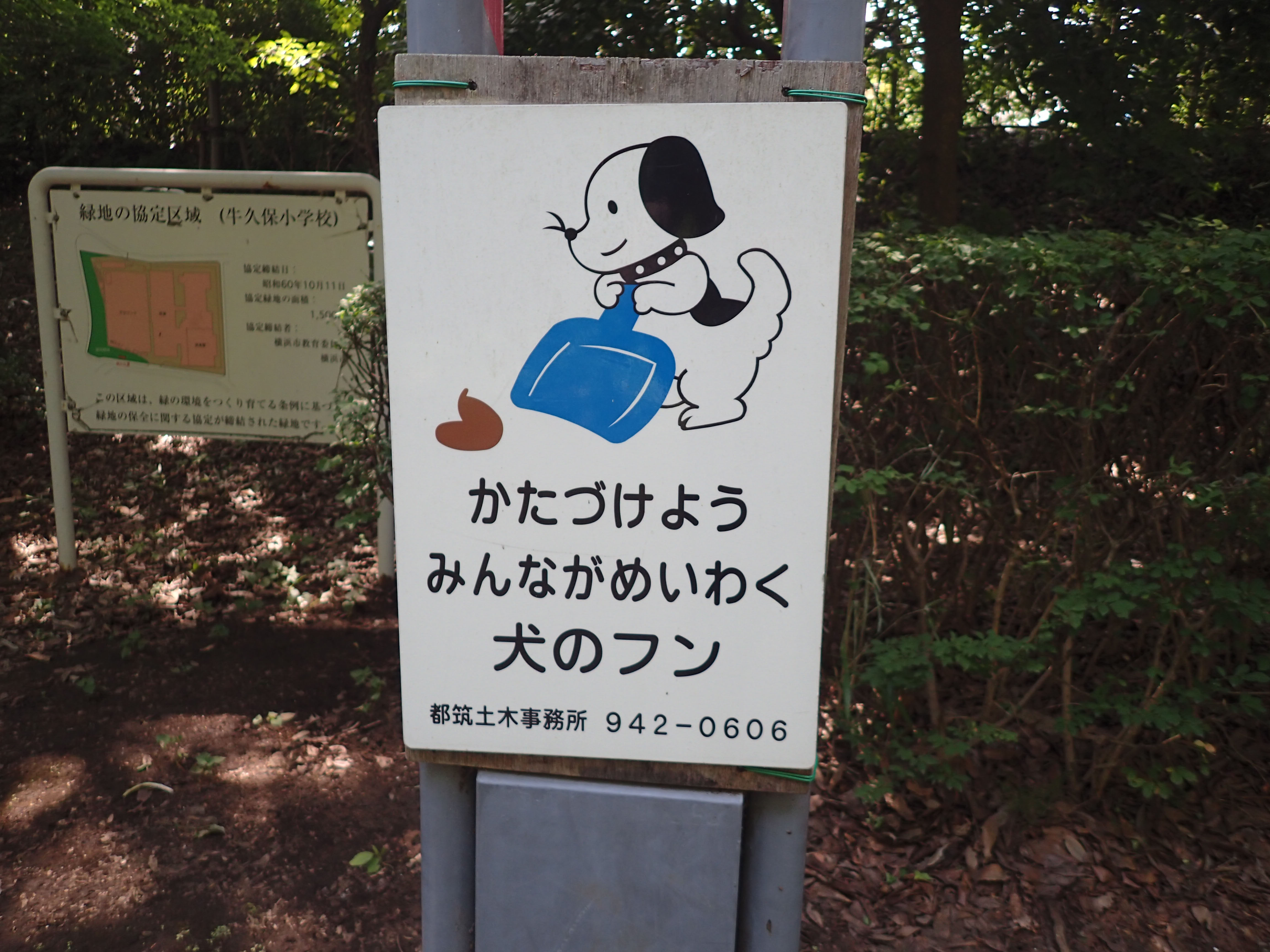"Please open," said the dentist, and these words gave me something to think about during the uncomfortable moments of oral inspection that followed. Because what she actually said was 開いてください (Aite kudasai), a request form of the verb 開く (aku, open). However, 開く is an intransitive verb, meaning that it does not take a direct object.
I don't know if linguists have a different idea of grammar than dentists, but to me this all but sounded like a request straight to the mouth ("Mouth, open"), rather than to the person in charge of that mouth. What I, who happened to be that person, would have expected is a construction using the transitive verb 開ける (akeru, open) — though I felt it unwise to start a discussion with my dentist at this point.
The distinction between intransitive and transitive is one of the most fundamental ways of categorizing verbs and, unlike in English, this distinction is very systematically encoded in Japanese. The 開く vs. 開ける pair is but one of countless examples where a verb stem combines with two different endings to express intransitivity ("The mouth opens") or transitivity ("The patient opens his mouth"). While there are a handful of comparable examples in English, such as lie vs. lay, sit vs. seat, and rise vs. raise, most of the time one and the same English verb is used for both intransitive and transitive purposes.


















With your current subscription plan you can comment on stories. However, before writing your first comment, please create a display name in the Profile section of your subscriber account page.